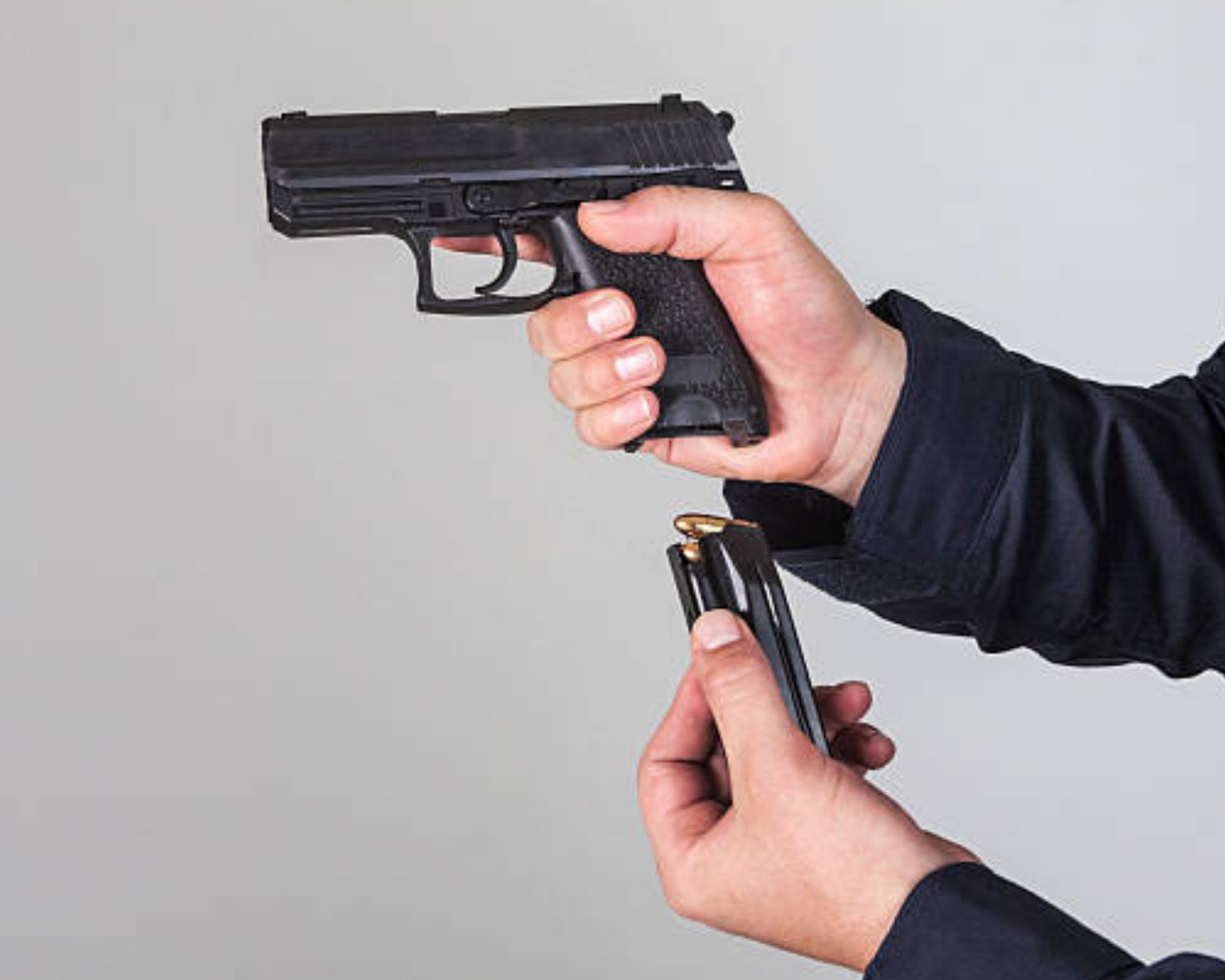Introduction:
Firearms are powerful tools that require responsible handling to ensure one’s safety and that of others. Whether you are a novice or an experienced shooter, understanding the proper gun handling methods is crucial. This article aims to provide a comprehensive guide on properly handling firearms, emphasizing safety, responsibility, and best practices.
Personly Experience:
I have personal experience that the most important thing is you should control your breath when you are in a firing position. The second thing is you have fully full control over your body after that make an idea about the target and follow the instructions so you can get your goal. Third is that you have a fully full grip on the gun and the direction of your body.
Not a thing that u are fully aware of the gun that you handle.
Please make sure, that u are fully able to handle a gun if not u have to need a teacher for this procedure.
Understanding Firearms:
Before delving into the details of handling firearms, it is essential to have a basic understanding of the different components and types of firearms available. This section will cover an overview of firearms, including their parts, ammunition, and various types commonly used.
Safety First: Basic Firearm Safety Rules:
The cornerstone of responsible gun handling is adhering to fundamental safety rules. This section will outline the four primary firearm safety rules:
a. Treat every firearm as if it were loaded.
b. Always point the muzzle in a safe direction.
c. Keep your finger off the trigger until ready to shoot.
d. Be aware of your target and what is beyond it.
Familiarizing Yourself with the Firearm:
To handle a gun safely, it is crucial to become familiar with its specific features and operation. This section will cover the steps to follow when becoming acquainted with a new firearm, including examining its parts, understanding the safety mechanisms, and learning how to load and unload it properly.
Proper Grip and Stance:
Achieving a proper grip and stance is essential for accurate shooting and mitigating recoil. This section will detail the correct grip techniques, including hand placement, finger positioning, and support hand placement. Additionally, it will discuss the importance of adopting a stable shooting stance to maintain balance and control.
Sight Alignment and Trigger Control:
Accurate shooting relies on proper sight alignment and trigger control. This section will explain how to align the front and rear sights correctly and maintain focus on the target. It will also cover trigger control techniques, emphasizing smooth and controlled trigger presses to avoid unnecessary movement and ensure accurate shots.
Loading and Unloading Procedures:
Safe handling of firearms requires careful attention to loading and unloading procedures. This section will provide step-by-step instructions for loading and unloading different types of firearms, including checking the chamber, inserting and removing magazines, and ensuring proper ammunition selection.
Storage and Transportation:
Properly storing and transporting firearms is crucial for both safety and legal compliance. This section will discuss various storage options, such as gun safes or lockable cases, as well as safety measures to prevent unauthorized access. It will also address the guidelines for transporting firearms securely and legally.
Continuous Education and Training:
Learning about firearms handling should be an ongoing process. This section will emphasize the importance of continuous education and training, such as attending firearm safety courses, practicing regularly at shooting ranges, and staying informed about changes in laws and regulations related to firearms.WEAPONS
Conclusion:
Handling firearms responsibly requires a combination of knowledge, skill, and adherence to safety practices. By understanding the fundamental principles outlined in this article and seeking proper education and training, individuals can ensure their safety and the safety of those around them. Remember, responsible gun ownership is a commitment to preserving safety and upholding the principles of firearm etiquette.
